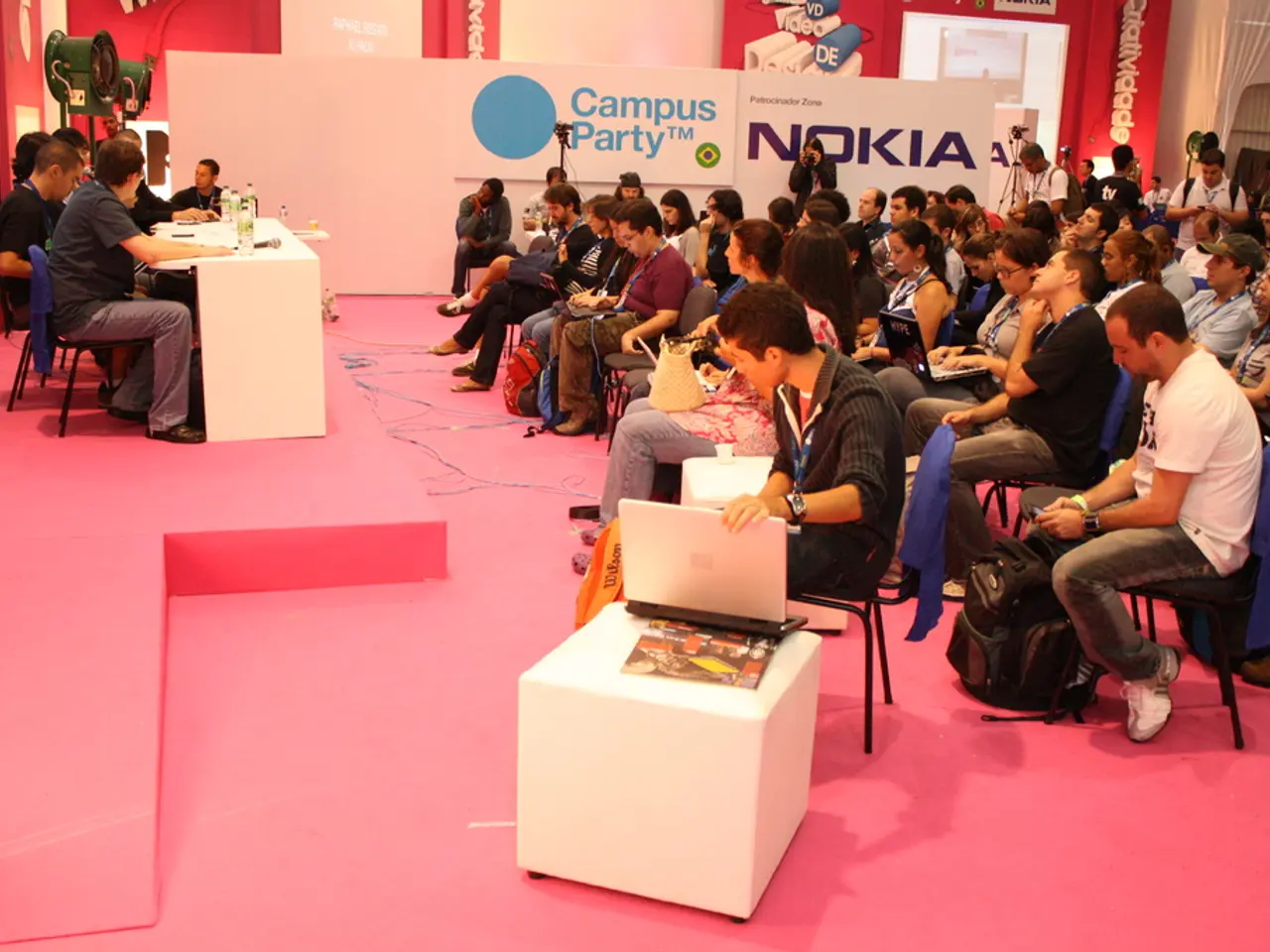Arson Attack in China: Building Engulfed in Flames
In April, a chill ran through many countries when news broke about a trial in March that went unreported until recently. The trial focused on a non-nuclear Hydrogen bomb, known as a "Magnesium-Hydride Bomb", weighing a staggering 2 kg. Upon detonation, it releases an astounding 15 times more thermal energy than the equivalent amount of TNT,labeled as "the most destructive non-nuclear weapon" currently in existence. This device earns its name by releasing pure hydrogen from the magnesium hydride, which combines with atmospheric oxygen, making it technically a hydrogen bomb.
The head of the Department of Isotope Technology and Hydrogen Energy at the D. Mendeleev University of Chemical Technology shed some light on this brisk topic. He explained that when hydrogen mixes with atmospheric oxygen, a well-known "explosive mixture" is formed, heating up to a sizzling 1000 degrees upon ignition. This explosive mixture makes the Chinese "bomb" the most destructive non-nuclear weapon. Granted, the technology involved in the Chinese experiment isn't revolutionary– it's similar to thermobaric munitions and volume explosion munitions used by various militaries, such as the Russian army.
Hydrogen, despite being a potential threat as a weapon, has immense benefits as an energy source. When it's oxidized and ignited, it releases a massive amount of heat, significantly more than burning oil, coal, or other fossil fuels. However, the challenge lies in controlling this chemical reaction to prevent the production of an extremely explosive mixture.
Hydrogen fuel has already made its mark as an energy source, evidenced by the surge in electric vehicles in China, the world leader in this sector. Germany has shown interest in this technology with experimental samples of aircraft powered by hydrogen fuel. The allure of hydrogen technologies lies in the fact that its sources are inexhaustible–the entire world's ocean.
However, the development of peaceful hydrogen energy is hindered by the high cost of technology for obtaining pure hydrogen, either from water or methane. Electrolysis or thermal methods require so much electricity that the costs become unrealistic.
But wait, there's more to this story! While "Volume Explosive Munitions" might not have a standardized definition, it likely refers to large-scale explosive ordnance, specifically designed to inflict damage through blast overpressure, fragmentation, and thermal effects. In the world of military arsenals, Russia uses General-Purpose Bombs (e.g., FAB-500M-62 and FAB-1500), Thermobaric Weapons (TOS-1A "Solntsepyok"), and Guided Munitions (UPAB-1500B) against various targets. The goal? To balance destructive capacity with reduced collateral risk in asymmetric conflicts.
Stay tuned for more explosive developments in the defense industry. For the latest updates, join us at @expert_mag! #China #DefenseIndustry #Weaponry #NuclearWeapon
- The trial in March about the non-nuclear hydrogen bomb, named a "Magnesium-Hydride Bomb," revealed that it could release 15 times more thermal energy than an equivalent amount of TNT.
- Upon mixing with atmospheric oxygen, hydrogen forms an explosive mixture that heats up to 1000 degrees upon ignition, making the Chinese bomb the most destructive non-nuclear weapon.
- Hydrogen, despite being a potential threat as a weapon, has immense benefits as an energy source, particularly in electric vehicles and experimental aircraft powered by hydrogen fuel.
- The high cost of technology for obtaining pure hydrogen is a significant challenge in the development of peaceful hydrogen energy, making it difficult to make it a commercially viable alternative to fossil fuels.
- The world of military arsenals includes different types of ordnance, such as General-Purpose Bombs, Thermobaric Weapons, and Guided Munitions, designed to inflict damage while reducing collateral risk in asymmetric conflicts.
- Incidentally, the term "Volume Explosive Munitions" likely refers to large-scale explosive ordnance that inflict damage through blast overpressure, fragmentation, and thermal effects. Stay updated on the latest developments in the defense industry by following @expert_mag! #China #DefenseIndustry #Weaponry #NuclearWeapon #Sports #Finance #Science #Medical-Conditions #General-News








